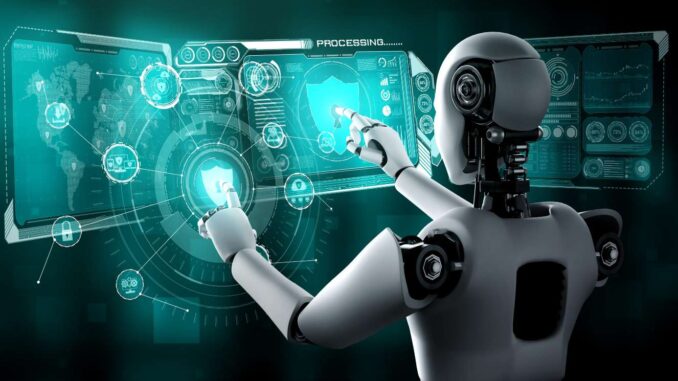
Dynamic and adaptive systems in the context of artificial intelligence (AI) refer to systems that can modify their behavior, structure, or responses in real-time based
on changing conditions in their environment or internal states. Here’s an overview of some key concepts and applications related to AI dynamic and adaptive systems:









### Key Concepts
1. **Dynamic Systems:**
– These are systems that evolve over time and can respond to changes in their environment or within the system itself.
– Dynamic systems can be modeled using differential equations, state-space representations, or other mathematical frameworks.
2. **Adaptive Systems:**
– Adaptive systems are capable of adjusting their parameters or rules based on feedback from their environment.
– These systems often utilize machine learning techniques, allowing them to learn from past experiences and improve performance over time.
3. **Feedback Loops:**
– Feedback loops are essential for dynamic and adaptive systems. They enable the system to receive information on its performance and make necessary adjustments.
– This can involve both positive feedback (which reinforces certain behaviors) and negative feedback (which serves to correct errors).
4. **Real-Time Processing:**
– Dynamic and adaptive systems often require real-time data processing and decision-making capabilities to respond effectively to changes.
### Applications
1. **Autonomous Vehicles:**
– Autonomous vehicles must continuously adapt to their surroundings, including other vehicles, pedestrians, weather conditions, and road conditions. They use sensor data and machine learning algorithms to make driving decisions.
2. **Robotics:**
– Robots in dynamic environments (like factories or homes) adapt their behavior based on sensor feedback and interaction with users or objects. This includes learning new tasks and improving over time.
3. **Smart Grids:**
– Energy systems that can adapt to fluctuations in supply and demand, integrating renewable energy sources and optimizing energy distribution based on real-time data.
4. **Healthcare Systems:**
– AI systems that adapt based on patient data can provide personalized treatment plans, adjusting medications or therapies in real-time as responses are monitored.
5. **Game AI:**
– Video game AI that adapts to player behavior and tactics, providing a tailored experience that remains challenging and engaging over time.
6. **Finance:**
– Algorithms that adjust trading strategies based on market conditions. These systems analyze vast amounts of data to detect patterns and respond to market fluctuations.
### Challenges
1. **Complexity:**
– The design and implementation of dynamic and adaptive systems can be complex, requiring sophisticated algorithms and substantial computational resources.
2. **Uncertainty:**
– Dealing with uncertain environments adds another layer of complexity. Adaptive systems must be robust and resilient to unexpected changes.
3. **Ethical Considerations:**
– The adaptability of AI systems raises ethical questions related to accountability, transparency, and bias, as well as the impact of autonomous decision-making on society.
4. **Data Privacy:**
– Continuous adaptation and learning often require access to sensitive data, raising concerns about privacy and data security.
### Conclusion
AI dynamic and adaptive systems represent a significant area of research and application within the field of artificial intelligence. Their ability to learn, adapt, and respond in real-time opens up numerous possibilities across various industries while also posing challenges that need to be addressed to ensure safe and ethical implementations.


Leave a Reply